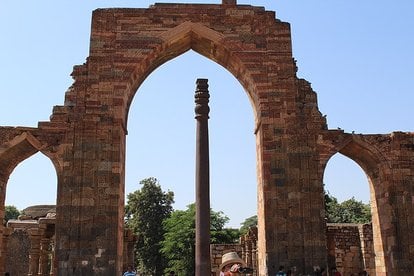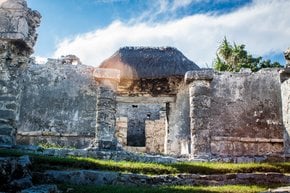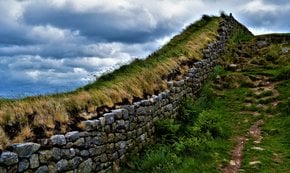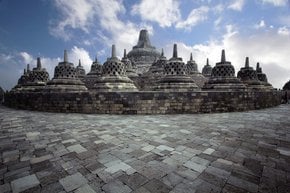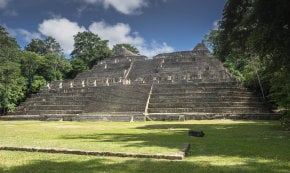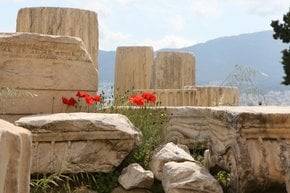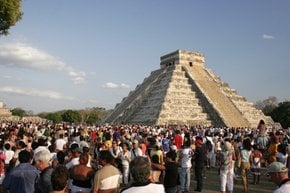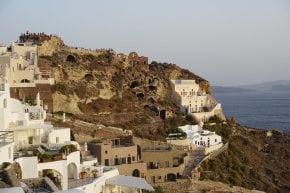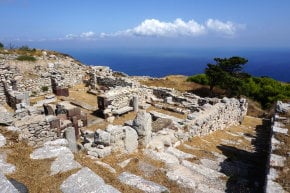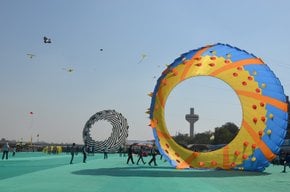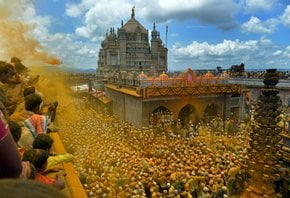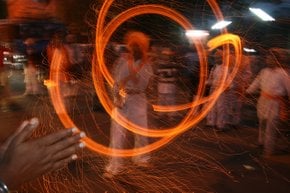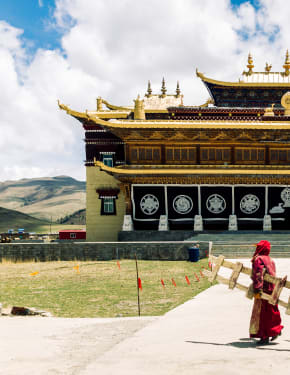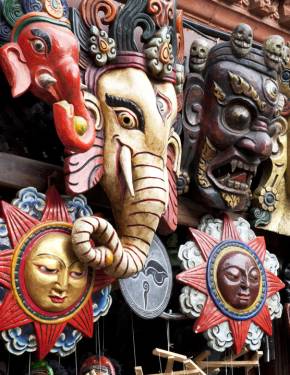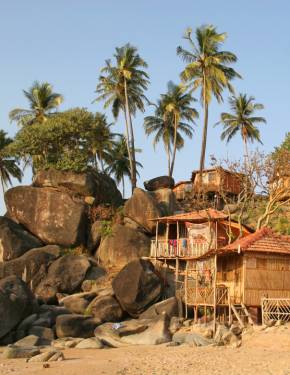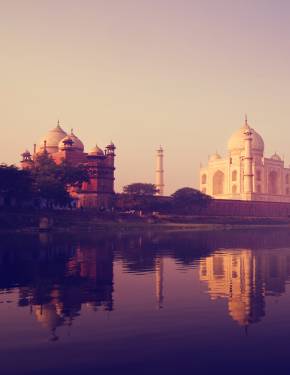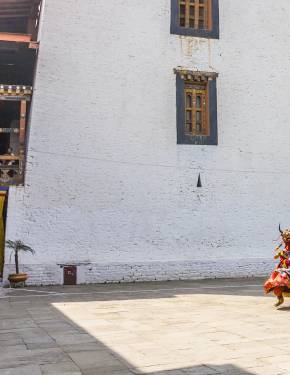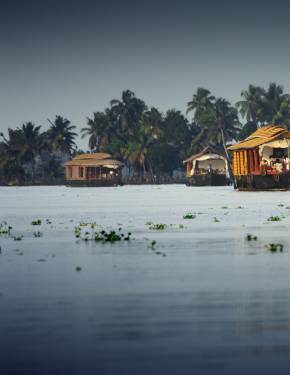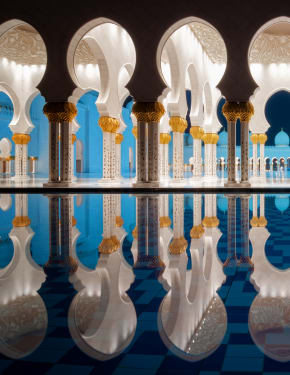Iron Pillar of Delhi in India 2025-2026
This 1600-year-old column proves the efficiency of ancient technology
Best time: mid-September–June (all year round)
The iron pillar (Kirti Stambha) in the outskirts of Delhi attracts scientists' attention due to its high resistance to corrosion. The iron pillar is a 7-m (23 ft) high column, erected in the 3rd-4th century under the rule of King Chandragupta II to honour Lord Vishnu. It is currently located in the Qutb complex at Mehrauli in Delhi.
Because of its high resistance to corrosion, the pillar proves the high level of skill achieved by the ancient Indian iron smiths. A thin layer of crystalline iron hydrogen phosphate hydrate formed on the high-phosphorus-content iron protects the pillar from the humidity. The Kirti Stambha is made of iron so pure that no one knows how they cast it. Some even say that it was made of some futuristic non-earthly metal brought by aliens. The pillar also carries a number of interesting inscriptions and graffiti, some of which haven't been decoded yet.
This amazing monument to ancient metallurgy can be visited at any time, just try to avoid monsoon from July through mid-September.

